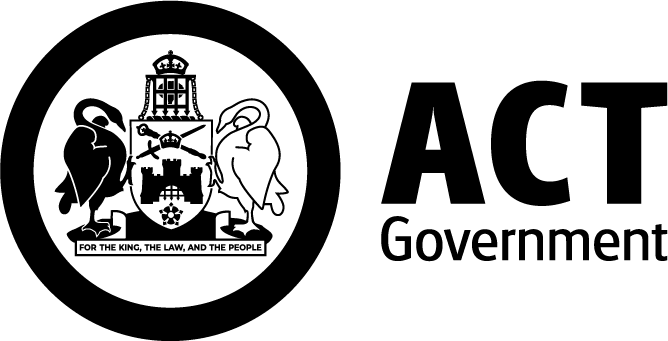Regent Honeyeater (Xanthomyza phrygia)

Photo: Julian Walsh
Description
- The Regent Honeyeater is a medium-sized bird that can grow up to 20-24 cm in length and weigh 31-50 g.
- It's mostly black and its tail and wing feathers have yellow tips.
- Its head and neck are black, except for a large patch of yellow-pink, bare, warty skin around the eye. Females are smaller and duller than males, and young birds are browner.
- They prefer to forage in the upper canopy of trees.
- The birds travel a lot, generally moving north in autumn and winter, and returning south to breed in spring.
- Their nests are solidly built, often cup-shaped and made of bark or dry grass bound with cobweb.
- They usually nest in the crowns of tall trees, either in the fork, in leafy vertical twigs towards the end of large branches or in mistletoe.
Find out more about the Regent Honeyeater on Canberra NatureMapr.
Where to find them
In the ACT, they are typically found in dry temperate forests and open woods with flowering eucalyptus trees. This includes forest edges, wooded farms, and sometimes cities with older eucalyptus trees.
In the ACT, they prefer Yellow Box–Red Gum Grassy Woodland at:
- the lower slopes of Mount Ainslie and Mount Majura
- Mulligans Flat Nature Reserve
- the Sutton and Lake George areas.
Conservation threats
This species has declined faster than other honeyeater species. They face competition at suitable breeding sites. Species such as Noisy Miners and Pied Currawongs prey on the Regent Honeyeaters.
The main threat to the Regent Honeyeater is the destruction of its habitat. Threats include:
- inappropriate fire management
- uncontrolled grazing by livestock
- tree clearing
- rural tree dieback.
Conservation status
- National – Critically endangered (Environment Protection and Biodiversity Conservation Act 1999).
- Australian Capital Territory – Critically endangered (Nature Conservation Act 2014).
Conservation actions
Conservation actions aim to:
- identify current habitats and potential habitats
- protect and manage the species' habitats
- maintain woodland and isolated paddock trees
- limit living and dead timber removal
- minimise the adverse effects of fire
- monitor the species' long-term trends and status
- work with other states and territories to achieve a regional approach to conservation
- educate the community and raise awareness.
